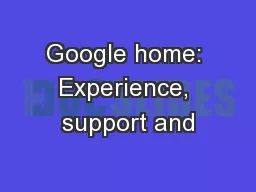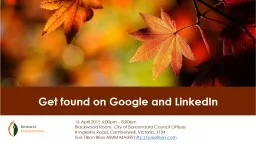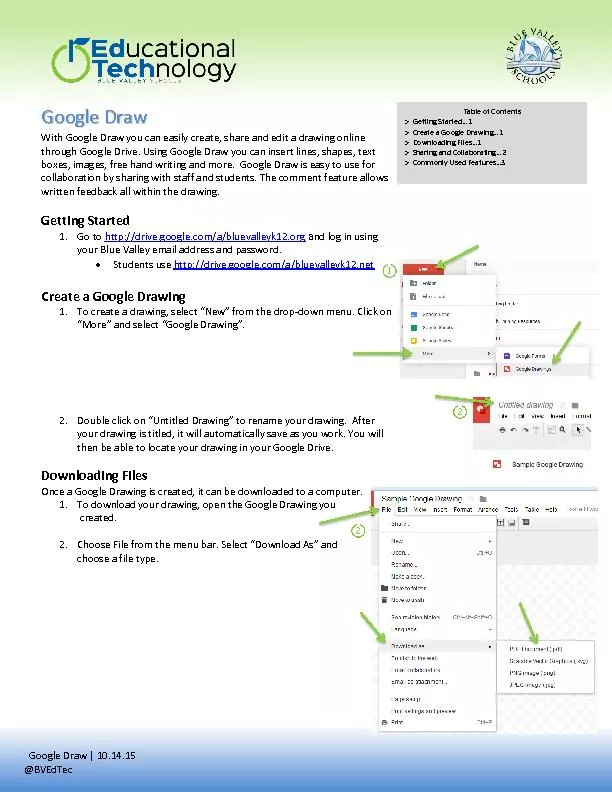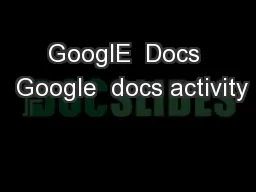PPT-Google home: Experience, support and
Author : marina-yarberry | Published Date : 2015-11-28
reexperience of social home activities Anton Nijholt 소프트컴퓨팅연구실 황주원 Overview Introduction Browsing sharing visiting inhabiting participating
Presentation Embed Code
Download Presentation
Download Presentation The PPT/PDF document "Google home: Experience, support and" is the property of its rightful owner. Permission is granted to download and print the materials on this website for personal, non-commercial use only, and to display it on your personal computer provided you do not modify the materials and that you retain all copyright notices contained in the materials. By downloading content from our website, you accept the terms of this agreement.
Google home: Experience, support and: Transcript
Download Rules Of Document
"Google home: Experience, support and"The content belongs to its owner. You may download and print it for personal use, without modification, and keep all copyright notices. By downloading, you agree to these terms.
Related Documents














